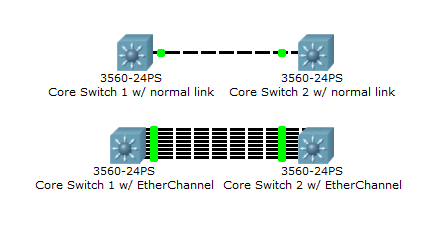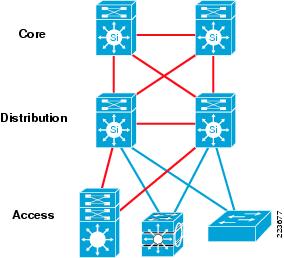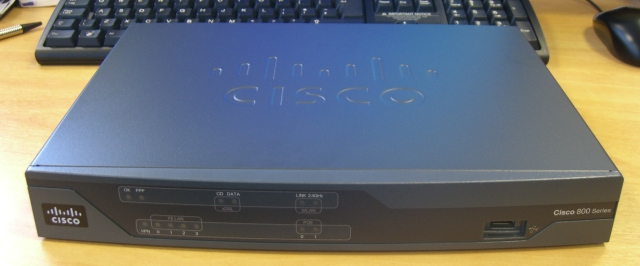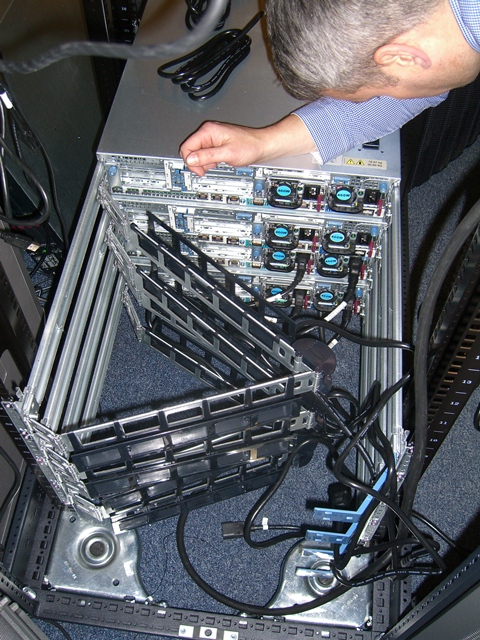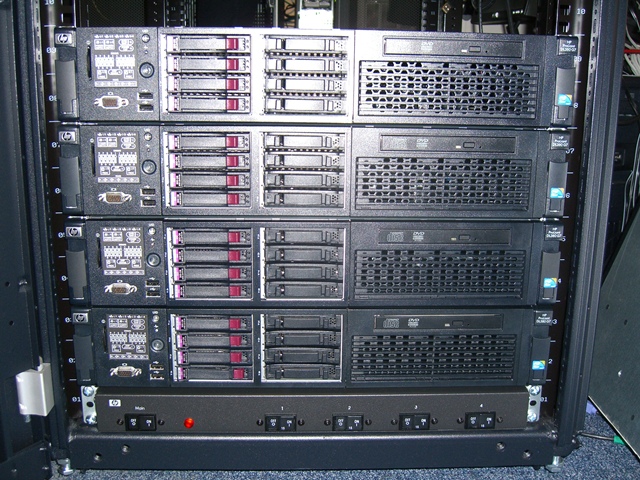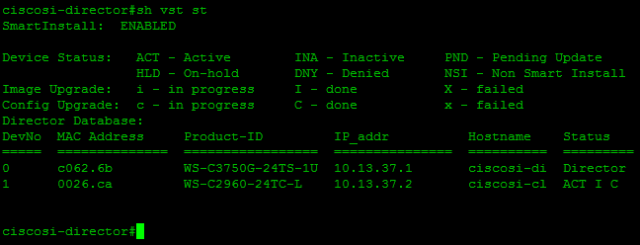In my probably second to last post in this blog I would like to take the chance to say thank you.
Thank you to Kevin Shine and his team at RSM Tenon, who organized our time here in Belfast and cared about us. You did a really good job and made our stay here very comfortable and enjoyable.
Thank you to Laurence Roberts from City Resorts, who provided our accommodation and always solved our problems concerning the house as fast as possible.
Thank you to the IT department at Translink for letting me work on many interesting projects and gain valuable on-the-job experience working in a live environment supporting many users across multiple locations. You all made me feel very welcome and I really enjoyed working with you.
Thank you to afib and OSZ IMT for making this internship possible at all.
I hope I did not forget anyone; if I did: thank you, too!
